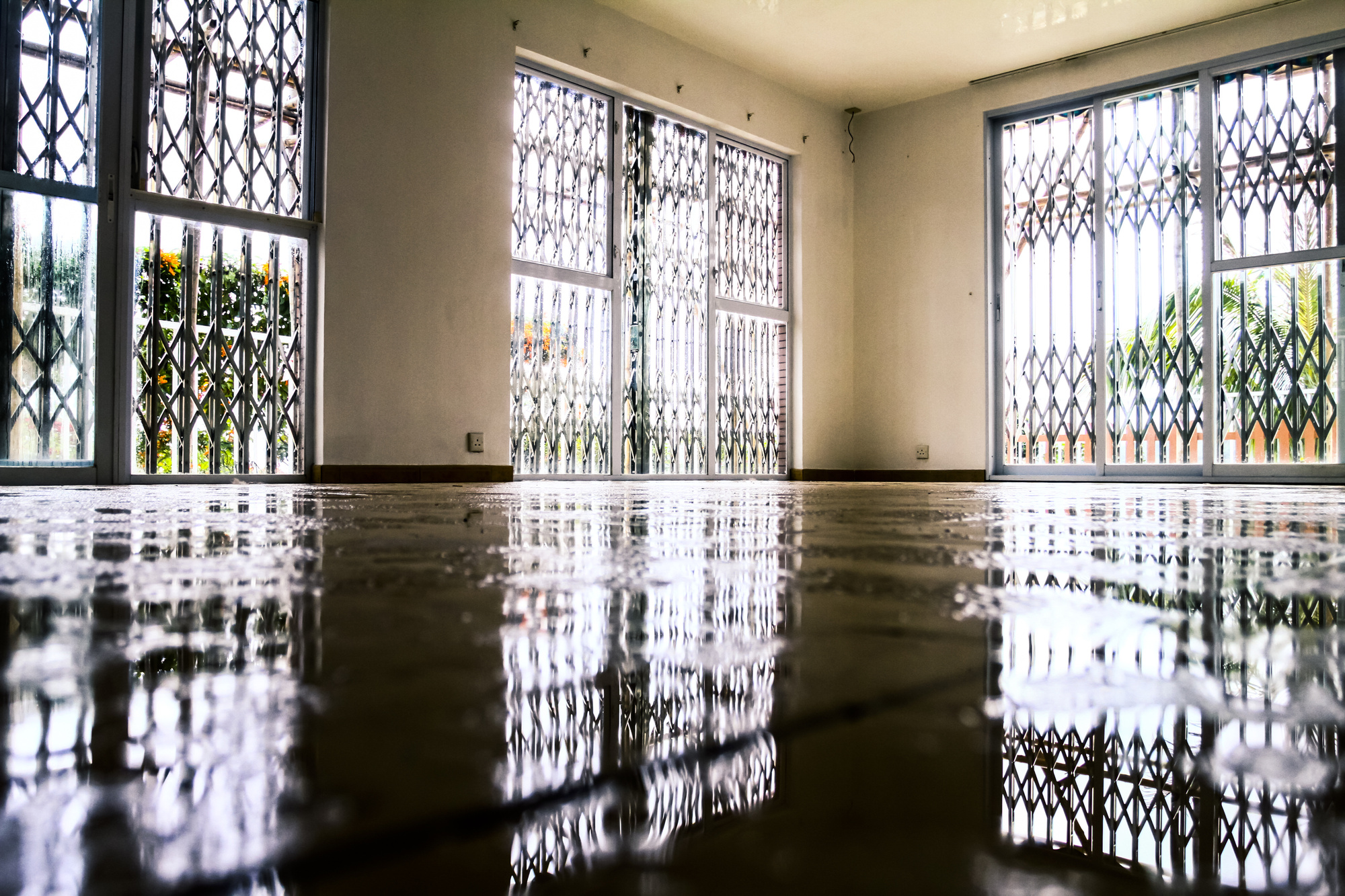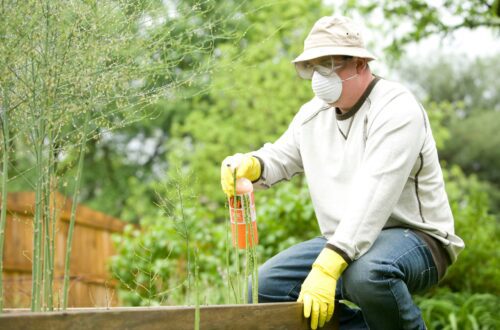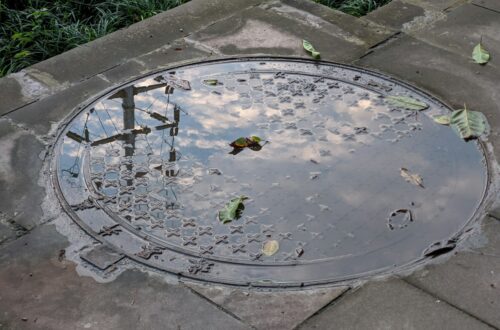Are you a homeowner?
It’s not easy being a homeowner. You’re always expected to fix everything, often footing the bill for things you didn’t do. Water damage is one of the terrifying problems, especially if you don’t know what caused it.
Believe it or not, it can happen without you even being in the house. If it’s severe enough, you can experience significant damage. The entire house is irreparable sometimes, and you’ll have to start from scratch.
That’s why you need a homeowner’s guide to water damage and what to do when you notice it.
Common Causes and How to Avoid Them
Homeowners must be mindful of the common causes of water damage and respond by taking preventive actions. Taking a proactive approach can help prevent long-term property impairment and ensure the safety and comfort of homeowners.
Storms
It is essential to be prepared with a plan of action. It is to ensure that your home and belongings are protected in a severe storm.
The first step is to have the plan to clear debris and water off your property. It could include tarping roofs, sealing off windows, and mending broken gas or water lines. If possible, move items stored in areas susceptible to flooding to higher ground.
Check the storm drains around your home and ensure they are functioning correctly and unclogged. After the storm, clean up any standing water and remove debris as soon as it is safe.
Broken Pipes
It is essential to identify the source of the water damage as quickly as possible to prevent further damage and contamination. In the event of a broken pipe, the homeowner should immediately turn off the main water supply. They must shut off the power to the area and contact a professional such as a plumber or water damage restoration service, to assess the damage and perform any necessary repairs.
Inspecting the area for any additional damage and removing any wet materials or items is also essential.
Excess Moisture
To prevent this, homeowners should inspect for signs of moisture, such as condensation on windows and walls, musty effects in isolated areas, or even peeling paint and raised floorboards. To reduce excess moisture levels, homeowners should ensure their ventilation systems and fans, mostly in attics or basements, are in good working order. Also, they should invest in a dehumidifier if areas of the home have high humidity.
Last, homeowners with crawl spaces or basements should consider sealing the area with a plastic vapor barrier to keep moisture from entering the home.
Overflowing Toilets
To avoid this, homeowners should know where their shutoff valve is located in case of a burst or blocked pipe. They should also keep a plunger nearby to unclog a blocked toilet. Minor clogs may require a snake or auger inserted and cause further blockage.
If the toilet is overflowing, the homeowner should turn off the water supply quickly and attempt to find the cause. After the cause is found, taking the necessary measures to prevent future overflows, such as a quick inspection of worn components or loose-fitting connections, is essential.
Faulty Appliances
Homeowners should routinely inspect all appliance hoses for signs of wear and tear and replace them. Also, water supply valves should be checked and tested for proper functionality to help minimize leak hazards. In the unfortunate case of a leak, you should immediately switch off the water supply valve and identify the source.
After the source has been identified, water should be dried up or extracted. You should utilize drying equipment if necessary. Prompt action can limit the extent of damage and reduce the cost of repairs.
Molds and Mildews
Molds and mildews thrive in warm and humid climates, making them one of the most common water damage risks for homeowners. To prevent its growth, maintain your home from moisture buildup through regular maintenance. Clean and dry any damp areas or excess water as soon as possible if you see signs of mold.
Also, keep your gutters and downspouts clear of debris to avoid water buildup. Last, regular inspections by a professional like mold removal services will ensure your home is free from it.
Insurance Coverage for It
A guide to water damage can be helpful when determining what is covered and what is not covered by insurance. It can be costly, both to repair and to replace items in the home. Coverage typically includes those that result from certain natural disasters, like storms and floods, plumbing issues, or a leaky roof.
On the other hand, coverage does not include intentional damage or damage caused by outside sources. It’s important to review your policy and ask questions if you have any concerns. Remember that there are coverage limits, and they may not cover some damages due to the policy’s limitations.
Dry-Out Practices for Flooded Areas
It includes first mitigation of the source of the flooded home, then shutting off the power to affected areas. Next, remove any standing water using pails, buckets, and a shop vac. Depending on the degree of flooding, replacing the carpet and padding may be due.
If it is in other types of flooring like hardwood or tiles, you should dry this area as soon as possible to reduce the chance of warping. If the flood affects furniture and cabinetry, these items should be wiped down with a soft cloth and cleaned with mild detergent.
What to Know About Water Damage
Water damage can be a massive disruption to any homeowner or renter. It is essential to be familiar with the signs and preventative measures to save thousands of dollars and help keep your home safe. Knowing what to do in an emergency is essential for every homeowner.
It is critical to protecting any home, so implement the guide’s tips today.
If you want to learn more, check out the rest of our blog posts now!





